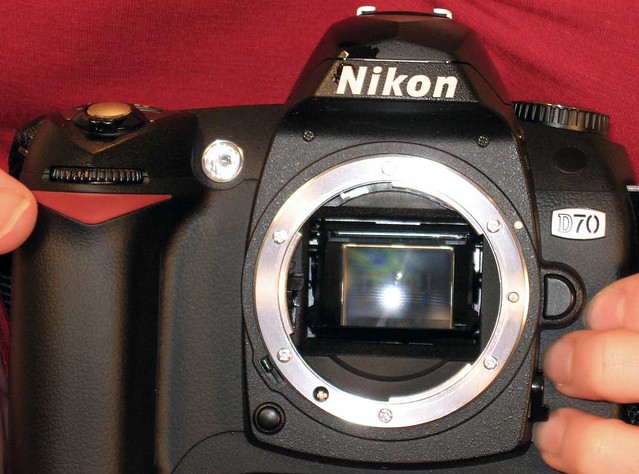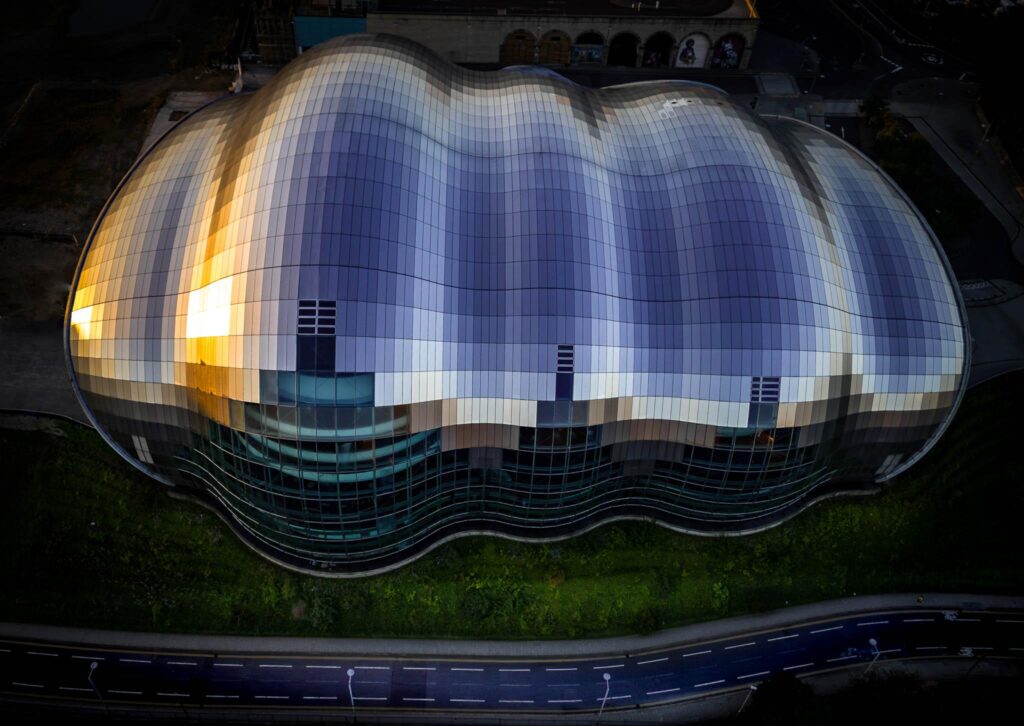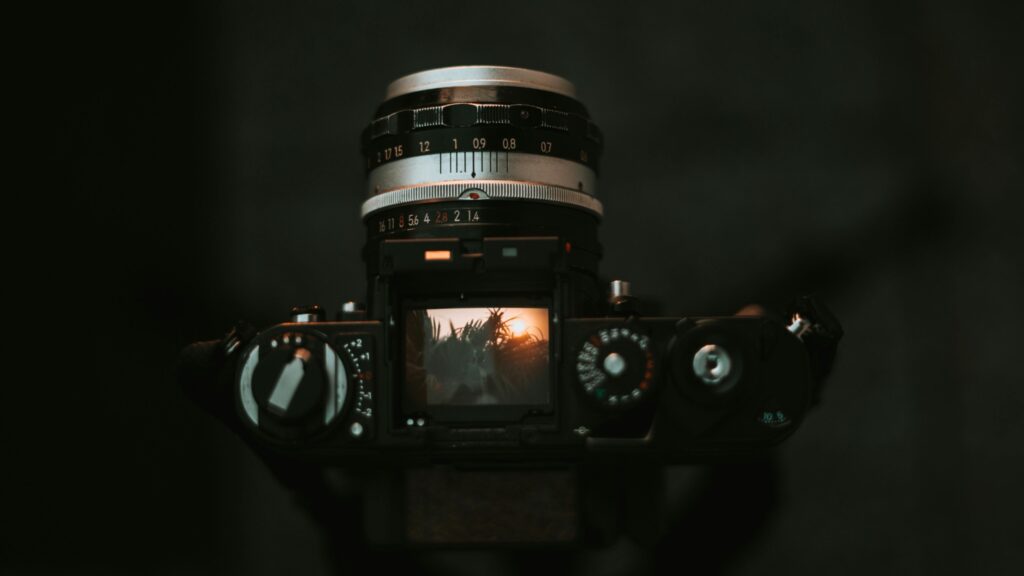One of the best investments any photographer can make is buying a good quality tripod. A decent tripod opens up a huge range of creative possibilities in low light situations and allows for some stunning images to be captured. The tripod however is not the whole story though, and some photographers might be initially disappointed with their results when using one. Very often these issues come down to two things, mirror slap and contact with the camera during exposure. Today we will have a look at how to eliminate those two problems.
How Mirror Slap Can Cause Fuzzy Images
Mirror Slap the hidden enemy of sharp images: Now that might sound like a dramatic statement but for any DSLR user it is highly relevant. Your DSLR contains some quite serious bits of mechanical engineering. Most prominent amongst these is the mirror box. When you press the shutter, the mirror flips out of the way incredibly quickly and returns just as quick when the exposure ends. Now this is not an issue when you are shooting at hand held speeds and indeed your hands help to dampen the effect somewhat. However, when you are on a tripod and using a longer exposure, the tripod itself blocks any dampening effect, sending the jolt from the mirror back into the camera body. This jolt is enough to cause camera shake even with the camera mounted on a tripod.
Behind that mirror lies some complex mechanics, by Michael Miller, on Flickr
To eliminate this, many DSLR cameras have a function called Mirror Lock Up. It is usually found buried deep in the menu system but when you engage it the camera behaves in a slightly different way.
With Mirror Lock engaged, when you press the shutter button the first time, no exposure is made. What happens is that the mirror flips out of the way of the shutter and locks in the up position. When you press the shutter button the second time, the exposure is made, and once the shutter has returned to cover the sensor, the mirror returns to the down position. The end result of this is that although the mirror slap still occurs, it does not happen when the shutter is open during exposure.
Camera Contact and Blurriness
The second issue that we need to look at is contact with the camera. Again although the camera is locked off on a tripod, when we press that shutter button, so quick are the mechanisms that create our exposure that there is a good chance our finger will still be on the shutter button during exposure. Any form of long exposure is highly susceptible to external contact from the photographer, even a slight brush against a tripod leg can cause some inherent lose of sharpness in a low light shot.
There are a couple of ways we can eliminate this problem. The first is simple and incurs no cost and that is to use the camera’s self timer. Simply setting the timer to 2 or 5 seconds gives you ample time to press the shutter and step away from the tripod before the exposure is made. This is fine for exposures controlled by the camera's shutter speed settings but will not work when the light is so low that we need to use bulb. For these occasions, we can invest in a remote control.
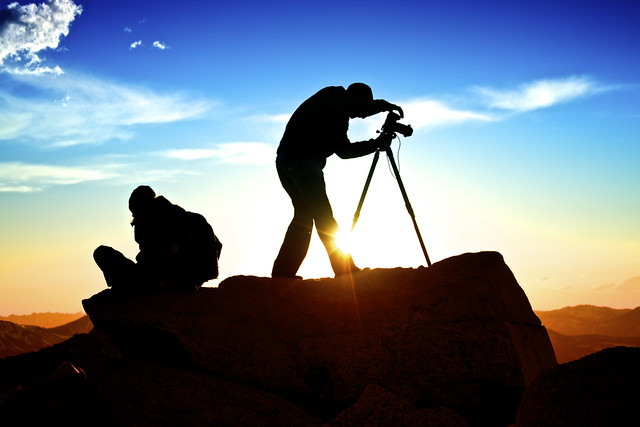
Physical contact with the camera can still cause camera shake on a tripod, by Zach Dischner, on Flickr
In its most basic form, a remote can be a simple cable release that plugs into the top of the shutter button, but unfortunately many manufacturers these days have forsaken this simple device, forcing you instead to buy a more expensive electronic cable or even a wireless remote control. With that said, there are an increasing number of third party companies producing remote controls that works as well as the original manufacturers version and for a significantly cheaper price.
There are some advantages to electronic remotes too. They will allow you to set shutter speeds significantly longer than the in camera settings, running into minutes even hours rather than a usual maximum of 30 seconds. They also often include an intervalometer, a device that allows you to make a set number of exposures at time intervals, very useful for timelapse photography.
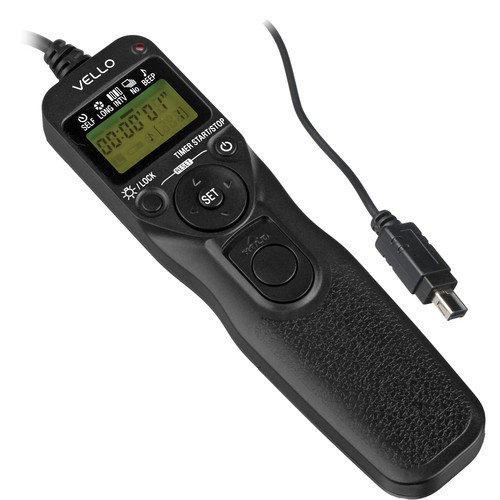
If you are unsatisfied with the results you are getting from your tripod mounted shots, the chances are that it is one of the two above issues that is causing the problem. Using the solutions outlined above, you will soon be on your way to pin sharp low light images.
